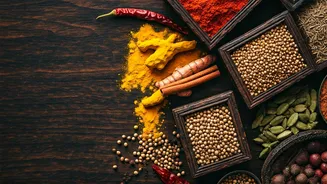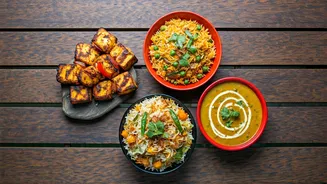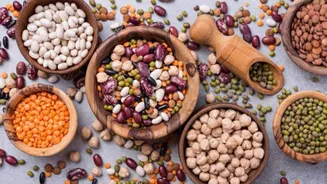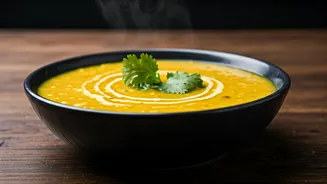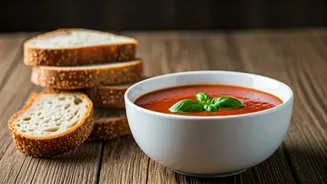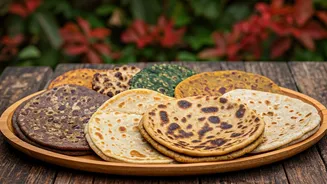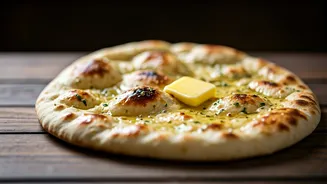A World of Flavors
India's culinary landscape is as vast and varied as the country itself, shaped by a rich history of regional influences and traditions. The use of spices
is at the heart of Indian cooking, transforming ordinary ingredients into extraordinary dishes. From the fiery curries of the south to the creamy delicacies of the north, each region boasts a unique set of flavors and cooking styles. The use of fresh, seasonal ingredients is also crucial, with each dish reflecting the bounty of the local harvest. Understanding the regional differences allows you to appreciate the diversity of Indian cuisine fully. Some common threads, like the use of rice and lentils, can be found throughout the country, but the ways in which these staples are prepared and flavored differ greatly. Exploring these nuances is the key to unlocking the true essence of Indian cooking.
Key Indian Ingredients
The cornerstone of Indian cuisine lies in its unique blend of spices, herbs, and other key ingredients. Turmeric, with its vibrant yellow hue and earthy taste, is used in almost every Indian kitchen for its color and health benefits. Chili peppers, ranging from mild to intensely hot, add a layer of complexity. Ginger and garlic are essential aromatic ingredients, lending a pungent kick to curries, stews, and marinades. Coriander, cumin, and cardamom are also frequently used, contributing their distinct flavors to the diverse range of dishes. Ghee, clarified butter, is often used for cooking, adding richness and depth. Lentils and pulses are also critical, forming the basis of many vegetarian dishes. Yogurt, used for marinades, cooling sauces, and desserts, rounds out the list of essential ingredients. These combined ingredients create the iconic flavors and textures that define Indian food.
Iconic Dish Preparations
Indian cuisine is celebrated worldwide for its distinctive cooking methods, including the art of tandoori cooking, which involves marinating ingredients in yogurt and spices before cooking them in a clay oven. The use of various cooking techniques adds different dimensions to the flavors. Another widely used method is the Tadka, where spices are bloomed in hot oil or ghee, releasing their aromatic compounds. The blending of spices to make masala is another key element of Indian cooking. From the rich and creamy butter chicken, a popular dish, to the savory samosas, each dish embodies the core tenets of Indian cuisine. Further, the use of rice in pilafs or as a side, and the diverse bread options such as naan and roti, also offer different ways to enjoy the variety of Indian cuisine. Learning to recreate these iconic dishes will transform your culinary repertoire and allow you to capture the heart of Indian food.
